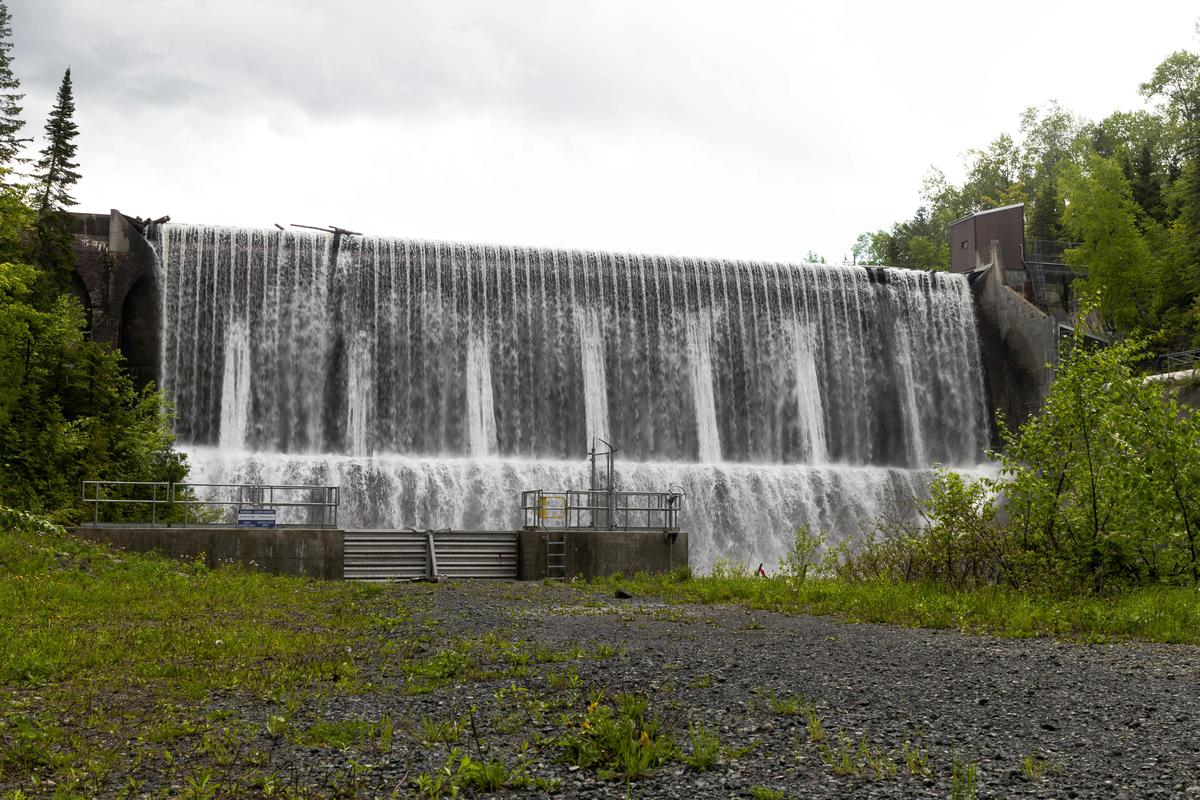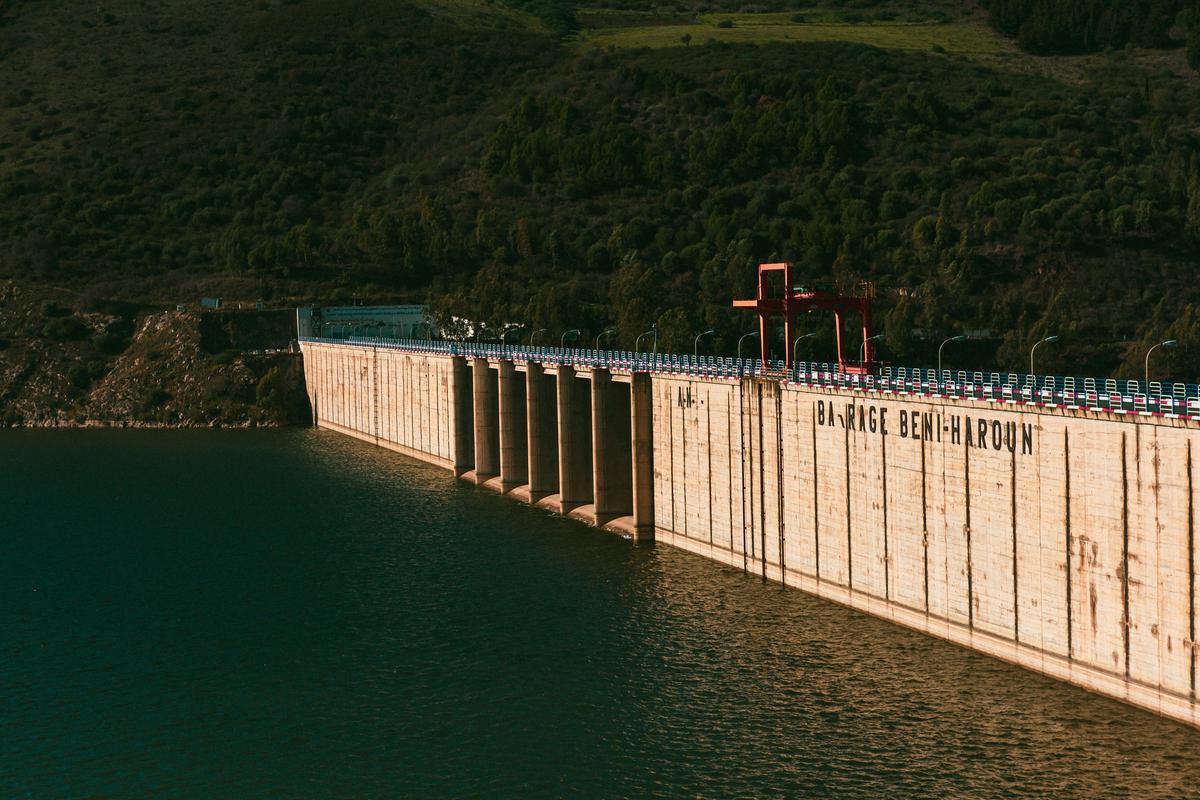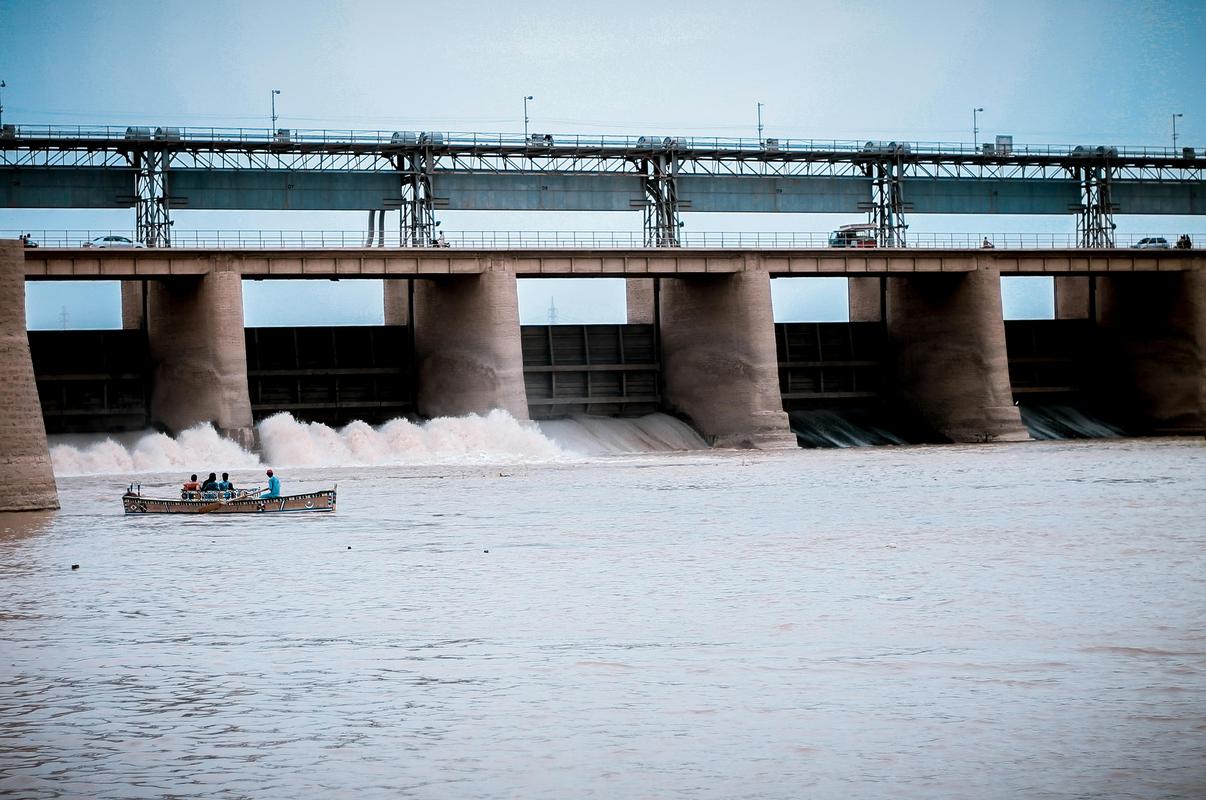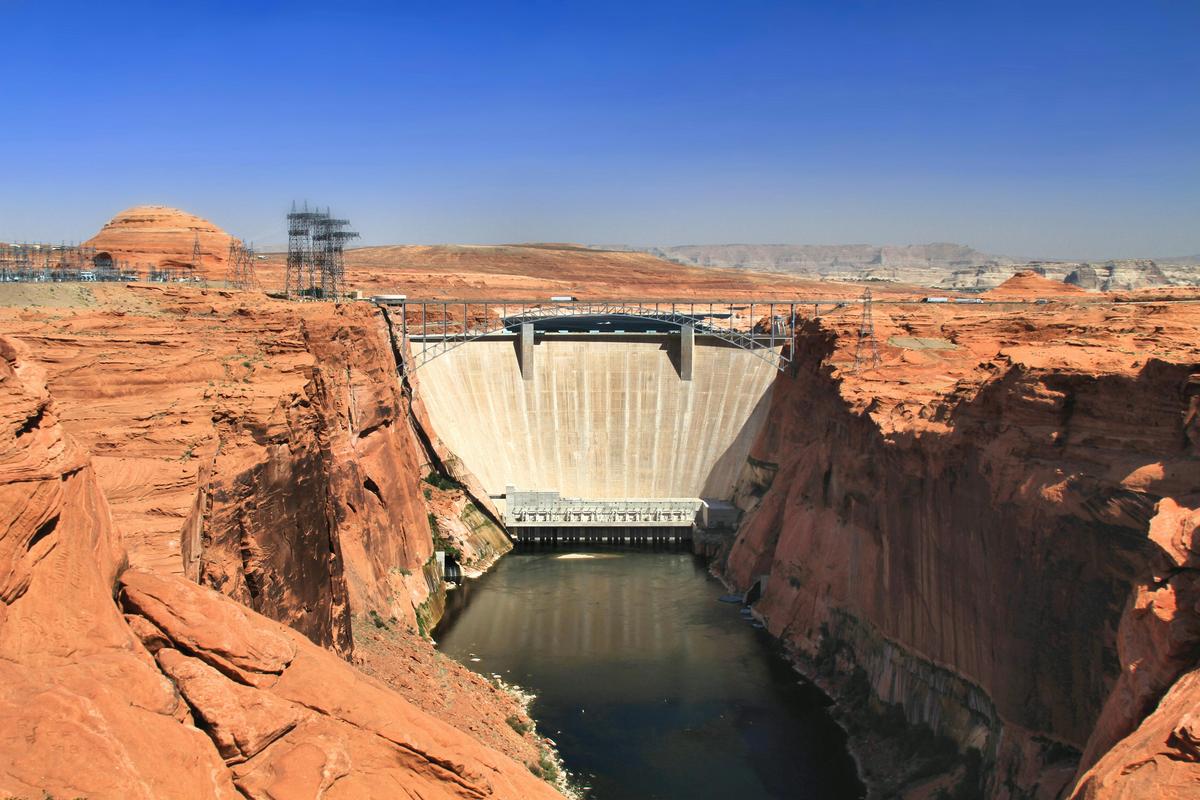Introduction to Water Conservation Methods: Why They Matter
The world’s population keeps growing, and that means we’re using more and more water. In Texas, they expect water use to double in the next 40 years, putting a lot of pressure on our limited freshwater supply. This shows how important it is to find ways to save water for the future.
One of the best ways to use less water is to be mindful of our daily habits. Simple things like turning off the tap while brushing our teeth or shaving can save a ton of water every year. Taking shorter showers and using water-efficient showerheads can also help, as a 10-minute shower can use up to 25 gallons of water.
In the laundry room, we can save water by only running full loads in the washing machine and choosing ENERGY STAR-certified models, which use 40% less water than regular washers. In the kitchen, using a dishwasher instead of hand-washing and putting aerators on faucets can also cut down on water waste.
Outside, there are more ways to save water. Instead of hosing down driveways and sidewalks, we can sweep them clean. Planting native plants that need less water and collecting rainwater for gardening are also good ways to reduce our water use. When we travel, we should be mindful of water use in hotels and choose places that are eco-friendly.
Even though the challenges we face might seem tough, there are plenty of simple ways to save water. By making these changes in our daily lives, we can not only use less water ourselves but also inspire others to join us in creating a more sustainable future. Remember, every drop counts when it comes to saving this important resource for the future. 1 2
Top Water Conservation Methods for Homes and Businesses
Water conservation is a big issue that affects all of us, from homeowners to business owners. Luckily, there are plenty of effective strategies we can use to cut down on our water usage and protect this important resource.
One of the best things we can do is to upgrade our plumbing fixtures and appliances to high-efficiency models. By installing water-saving showerheads, faucets, and toilets, we can really cut back on how much water we use at home. Businesses can also benefit from these upgrades, potentially saving thousands of gallons per year.
Landscaping choices also play a big role in water conservation. Designing gardens with native, drought-tolerant plants can reduce the need for watering, while also making our outdoor spaces look great. Using water-efficient irrigation systems, like drip lines or smart controllers, can help us use water more efficiently.
A lot of energy is used to get, pump, heat, treat, transport, and store drinking water, as well as treat used water in the form of sewage. This shows how important it is to reduce our water footprint.
Businesses can also do a lot to save water. Measuring water usage and using verification methods can help identify areas where we can improve. Upgrading cooling towers and fixing leaks can also lead to big water savings.
Innovative approaches, such as on-site water treatment and recycling programs, can further boost water conservation efforts. By reusing non-sewage and graywater, we can reduce our reliance on fresh water sources and create a more sustainable water cycle.
In the end, water conservation is something we all need to work on together. By using these effective strategies, we can all help create a more sustainable future for our communities and the planet. 3 4
 Photo by Jason Gauthier on Pexels
Photo by Jason Gauthier on Pexels
Innovative Water Conservation Methods for Agriculture
The world is dealing with the big issue of water scarcity, but there are some cool new ways to help farmers and ranchers save water. One way is by using smart water-saving techniques in farming.
Water is super important for farming, helping crops and animals grow well. But since only a small amount of the Earth’s water can be used by people, it’s really important to find ways to use less water. Luckily, there are lots of ways farmers and ranchers can do this.
For example, using irrigation pipelines can cut water use by half compared to old-fashioned flood irrigation. These systems deliver water right to the plant roots, so less water evaporates and every drop is used efficiently. Also, planting cover crops can make soil healthier, reduce water loss, and help plants use water better.
No-till farming is another great way to save water. By improving soil quality and water-holding ability, this method reduces runoff and keeps water in the soil for plants to use. The USDA’s Natural Resources Conservation Service (NRCS) has tons of practices to help farmers save water and protect the environment.
- Irrigation pipelines can cut water use by 50% compared to flood irrigation.
- Cover crops make soil healthier, reduce water loss, and help plants use water better.
- No-till farming improves soil quality and water-holding ability, reducing runoff and keeping water in the soil.
- The NRCS has over 160 practices to help farmers save water and protect natural resources.
By using these cool water-saving methods, farmers and ranchers can make sure their operations are sustainable in the long run and help protect sensitive environments like wetlands that rely on water. 5 6
The Future of Water Conservation Methods: Technology and Policy
The world is facing the challenge of water scarcity, but there are new and exciting solutions emerging that give hope for a more sustainable future. From cutting-edge technologies to forward-thinking policies, there are promising opportunities to conserve and protect this precious resource.
One effective way to make a difference is through education. By teaming up with local schools and communities, organizations can encourage a culture of water conservation, inspiring people to adopt sustainable practices in their daily lives. Simple habits like fixing leaks, using water-efficient appliances, and being mindful of water consumption can have a big impact when embraced on a larger scale.
Collaboration is also important. Working with organizations dedicated to providing clean drinking water to underserved communities not only improves health and well-being but also helps distribute this vital resource more fairly. In regions heavily focused on agriculture, using efficient irrigation methods like drip irrigation and rainwater harvesting can significantly reduce water wastage and promote sustainable farming practices.
Protecting watersheds, where water is collected and flows into streams, rivers, and lakes, is another crucial part of water conservation. By teaming up with local authorities and conservation groups, organizations can ensure the long-term health and resilience of these important ecosystems, safeguarding the water supply for both people and nature.
Investing in research and innovative technologies is also crucial. From water purification systems to advanced monitoring and management tools, these initiatives have the potential to unlock new possibilities in water conservation and address the challenges of water scarcity and pollution.
As we move forward, the commitment to water conservation and environmental stewardship must remain strong. By using education, collaboration, and technological innovation, we can create a future where water is not only conserved but celebrated as a precious and renewable resource, ensuring a sustainable and fair world for future generations. 7 8
 Photo by Dhaya Eddine Bentaleb on Pexels
Photo by Dhaya Eddine Bentaleb on Pexels
References
-
“Sustainable Conservation Strategies Water” - sustainability.txst.edu ↩
-
“Protect Conserve Water” - www.wbdg.org ↩
-
“Future Water” - environment.yale.edu ↩
-
“Doing More With Less Water” - www.farmers.gov ↩
-
“Live More Sustainably” - www.biologicaldiversity.org ↩

 Photo by
Photo by